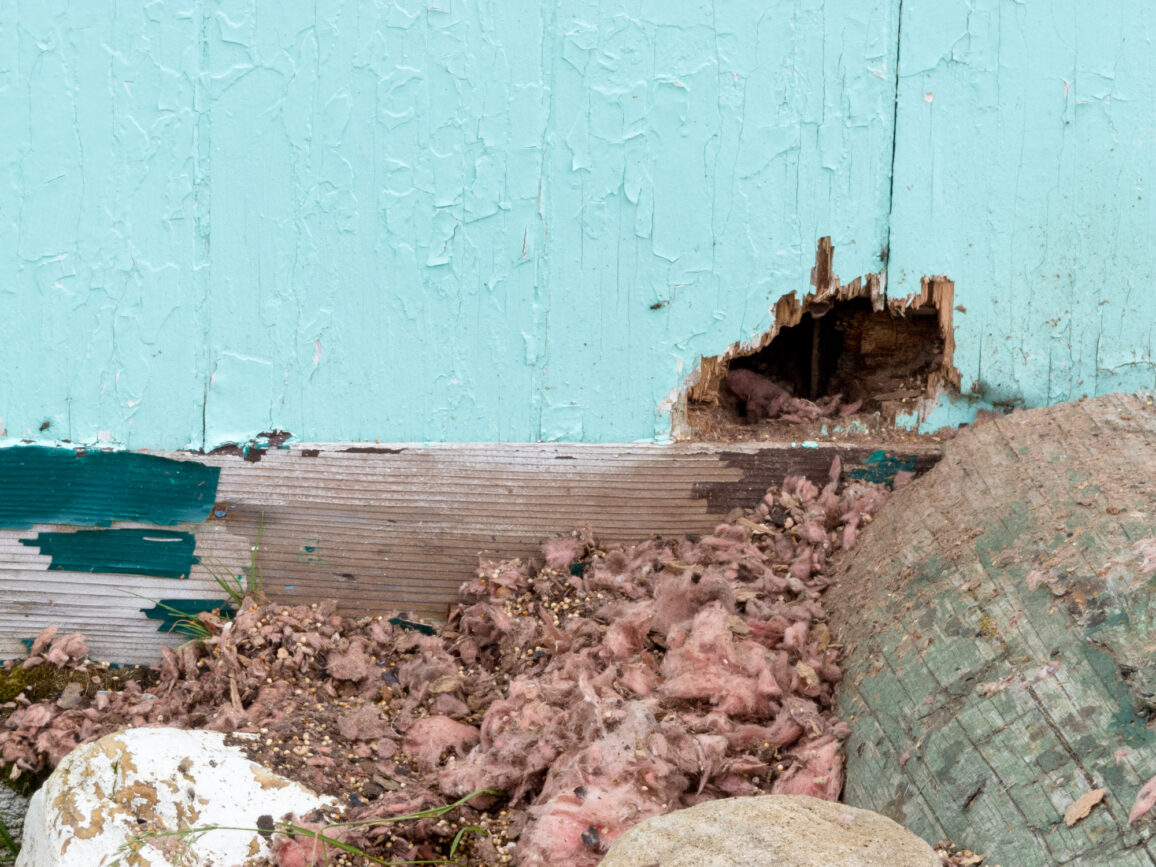Introduction to the Prevention of Damage by Pests Act 1949
The Prevention of Damage by Pests Act 1949, enacted by the Parliament of the United Kingdom, is a significant piece of legislation that has shaped the country’s approach to pest control. This Act, while over seven decades old, continues to play a vital role in safeguarding public health and property.

The Purpose of the Act
The Act was designed to control pests, particularly rats and mice, to prevent them from causing damage to food supplies and spreading diseases. In the aftermath of World War II, the UK faced a significant rat infestation problem, which threatened public health and food security. The Act was a response to this crisis, aiming to provide a systematic and comprehensive approach to pest control.
The Historical Context
The Act was passed at a time when the UK was grappling with significant public health and food security issues. The destruction caused by World War II created ideal conditions for rats and mice to thrive, leading to widespread infestations. The Act was a part of the government’s broader efforts to rebuild the country and safeguard public health.
Key Provisions of the Act
The Act is comprehensive, covering various aspects of pest control. Here are some of its key provisions:
Duty of Local Authorities
The Act places a duty on local authorities to keep their districts free from rats and mice. They are required to carry out regular inspections and take necessary measures for the destruction of pests. This provision ensures a proactive approach to pest control, with local authorities playing a key role in preventing infestations.
Powers of Inspectors
The Act grants inspectors the power to enter premises to inspect and enforce the provisions of the Act. They can serve notices requiring property owners to carry out pest control measures. This provision ensures that property owners take responsibility for pest control, contributing to a community-wide effort to prevent infestations.
Penalties for Non-Compliance
The Act provides for penalties for non-compliance, including fines and imprisonment. This provision serves as a deterrent, encouraging compliance with the Act’s provisions.
The Impact of the Act
The Act has had a profound impact on pest control in the UK.
Effect on Pest Control in the UK
The Act has led to a systematic approach to pest control, with local authorities playing a key role. It has helped reduce the incidence of pest-related diseases and property damage. For example, a study by the University of Oxford found that rat infestations in the UK decreased significantly in the decades following the enactment of the Act.
Case Studies
Several case studies illustrate the effectiveness of the Act in controlling pests. For instance, in the city of Birmingham, the local authority’s proactive approach to pest control, guided by the Act, has led to a significant reduction in rat infestations.
Current Relevance of the Act
Despite being over 70 years old, the Act remains relevant today.
Modern Pest Control Methods
The Act has adapted to modern pest control methods, including the use of pesticides and integrated pest management strategies. It provides a legal framework that supports the use of these methods, contributing to their effectiveness.
Challenges and Criticisms
However, the Act faces challenges, including criticisms that it is outdated and lacks enforcement. Some critics argue that the Act needs to be updated to address modern challenges, such as the rise of pesticide-resistant pests. Others argue that enforcement of the Act is inconsistent, leading to disparities in pest control efforts across the country.
The Future of Pest Control Legislation
The Prevention of Damage by Pests Act 1949 has served the UK well, but there is a need for continuous review and update to meet the challenges of modern pest control. As pests evolve and adapt, so too must our laws and regulations. The future of pest control legislation will likely involve a balance of traditional methods, innovative technologies, and a commitment to public education and community involvement.
Frequently Asked Questions
What is the Prevention of Damage by Pests Act 1949?
The Prevention of Damage by Pests Act 1949 is a UK law designed to control pests, particularly rats and mice, to prevent them from causing damage to food supplies and spreading diseases.
What are the key provisions of the Act?
The Act places a duty on local authorities to keep their districts free from rats and mice. Inspectors have the power to enter premises to inspect and enforce the Act. Penalties can be imposed for non-compliance.
What is the impact of the Act?
The Act has led to a systematic approach to pest control in the UK, reducing the incidence of pest-related diseases and property damage.
Is the Act still relevant today?
Yes, despite being over 70 years old, the Act remains relevant. It has adapted to modern pest control methods but faces challenges and criticisms.
What is the future of pest control legislation?
There is a need for continuous review and update of pest control legislation, including the Prevention of Damage by Pests Act 1949, to meet the challenges of modern pest control.
You may also enjoy reading this article
Was This Article Helpful?
- Please provide feedback and comments to help us improve our content.
- Share your experiences and any additional tips you have for dealing with pests.
Share this Post
Share this Post



